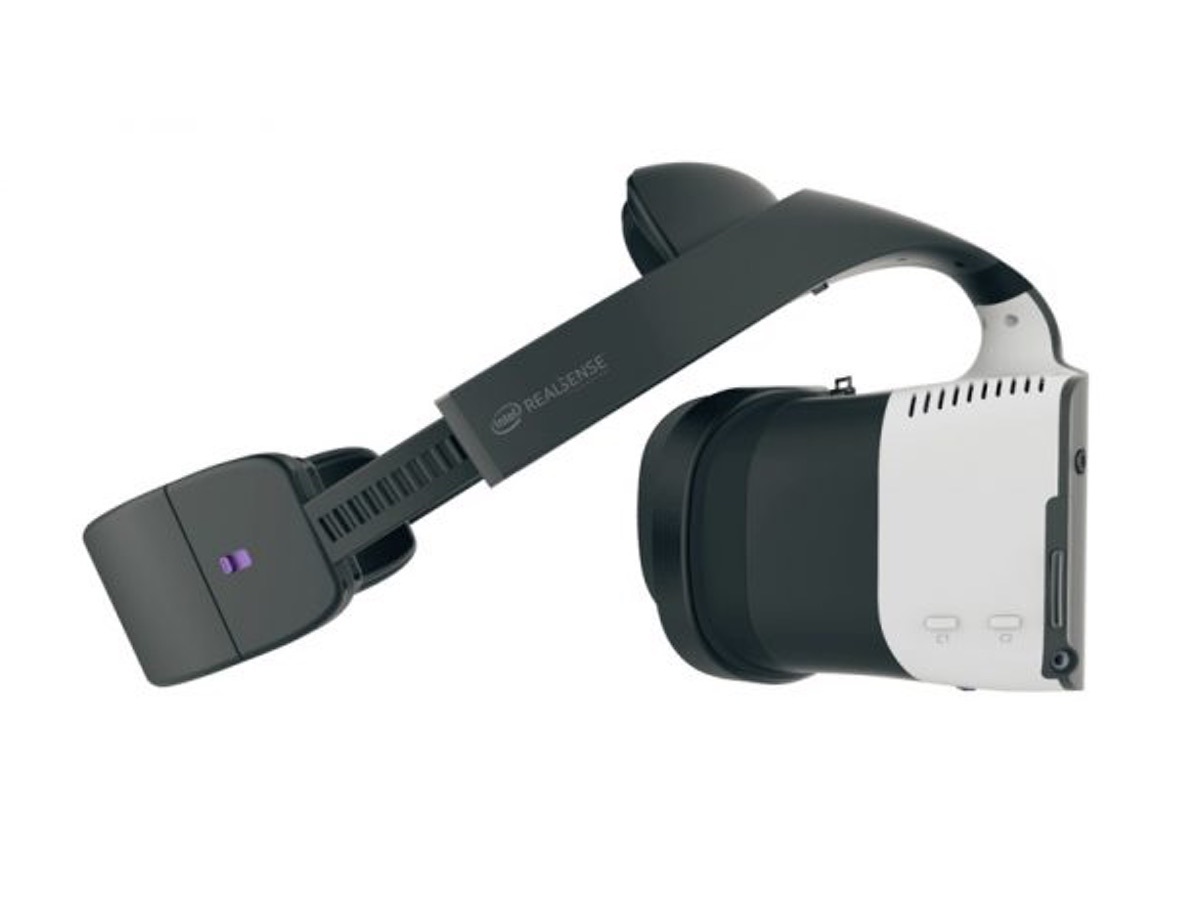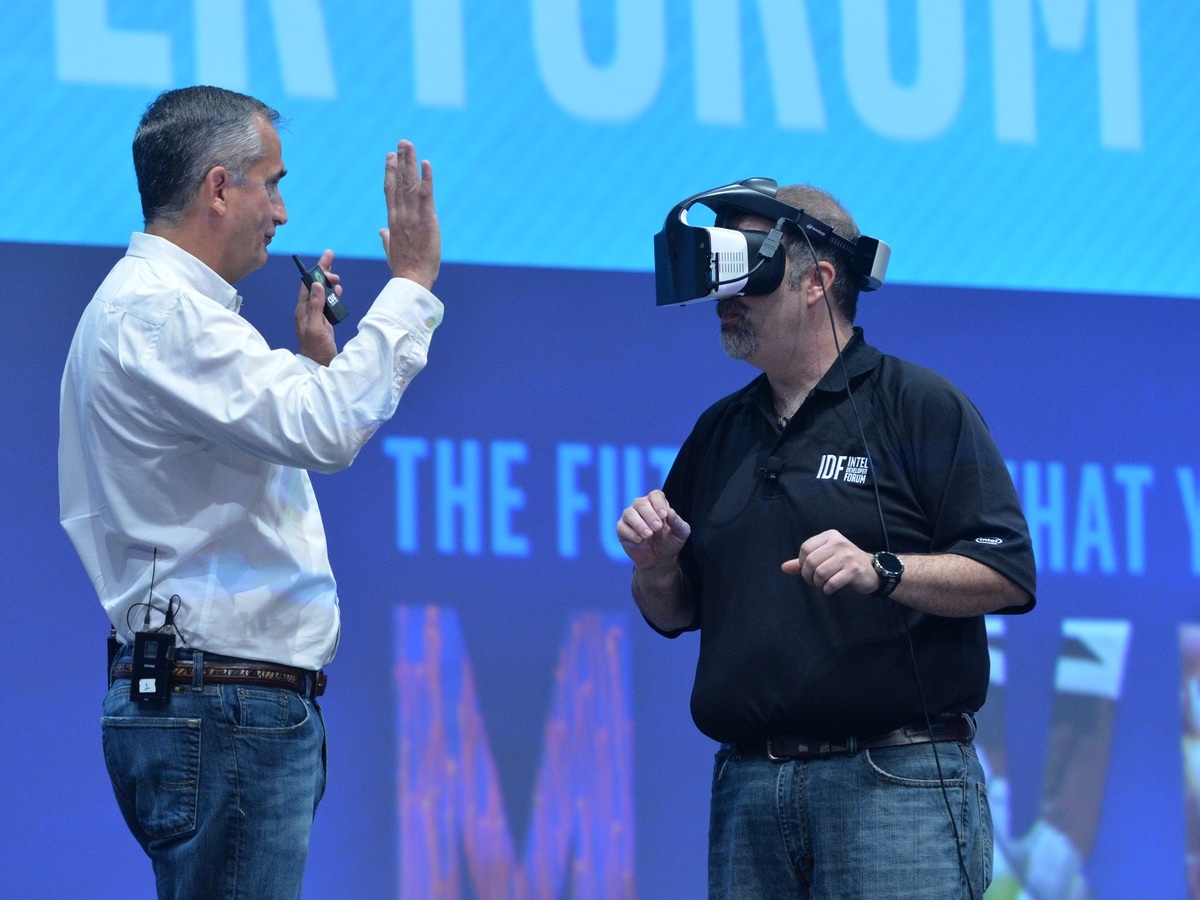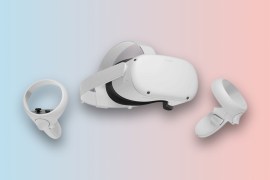Intel goes wire-free, phone-free with new VR headset
Project Alloy cuts the cord for standalone immersion

There you are, roaming the VR realm with impunity when, snag, a trailing cord kills the fun.
Well, not any more: meet Intel’s Project Alloy, a properly standalone platform that’s pitched to set a new benchmark for VR gear.
Announced at Intel’s 2016 Developer Forum in San Francisco by CEO Brian Kraznich, Alloy is an all-in-one answer to virtual reality enjoyment.
Significantly, the Alloy headset – or “Head-Mounted Device (HMD)” – is entirely wire-free, courtesy of an in-built computing block, which means no more leads looping across the floor.

Ditching the cabled limitations of devices like the HTC Vive is undoubtedly the much-needed next step for VR platforms – and it’s clear that Intel is keen to lead that charge.
What’s more, the on-board processing power also eliminates the need to slot in a smartphone – as with Samsung’s solution, the Gear VR – making Project Alloy a truly independent way to enjoy the delights of digital immersion.
While there’s no word, yet, on the internal hardware specs of the Alloy headset, there’s certainly no dearth of sensor tech: Intel’s RealSense smarts are on-board, meaning you’ll be able to merge the real world with the virtual one, seeing elements of the former as you interact with the latter.
Better still, it all relies on RealSense cameras – rather than external sensors positioned Vive-like around the room – meaning you could theoretically roam to your heart’s content, free from the frustrations of limited range.

Intel’s Craig Raymond performed a demo of the hardware onstage during the Forum keynote and it seemed to work a treat, even at this early stage, as Raymond used a real dollar bill to hack at a virtual object.
The question remains, though, how Project Alloy will work in practice. With the Alloy platform set to be offered to developers come 2017, alongside a collaboration with Microsoft to develop Windows content for VR, Intel might well have landed the first punch in the fight for flaw-free home headsets.
That said, it’s not the only competitor: Samsung announced at its own Developer Conference that it is working on dedicated next-gen headsets, complete with gesture-tracking tech.
The fight for wire-free VR supremacy, it seems, is on.



